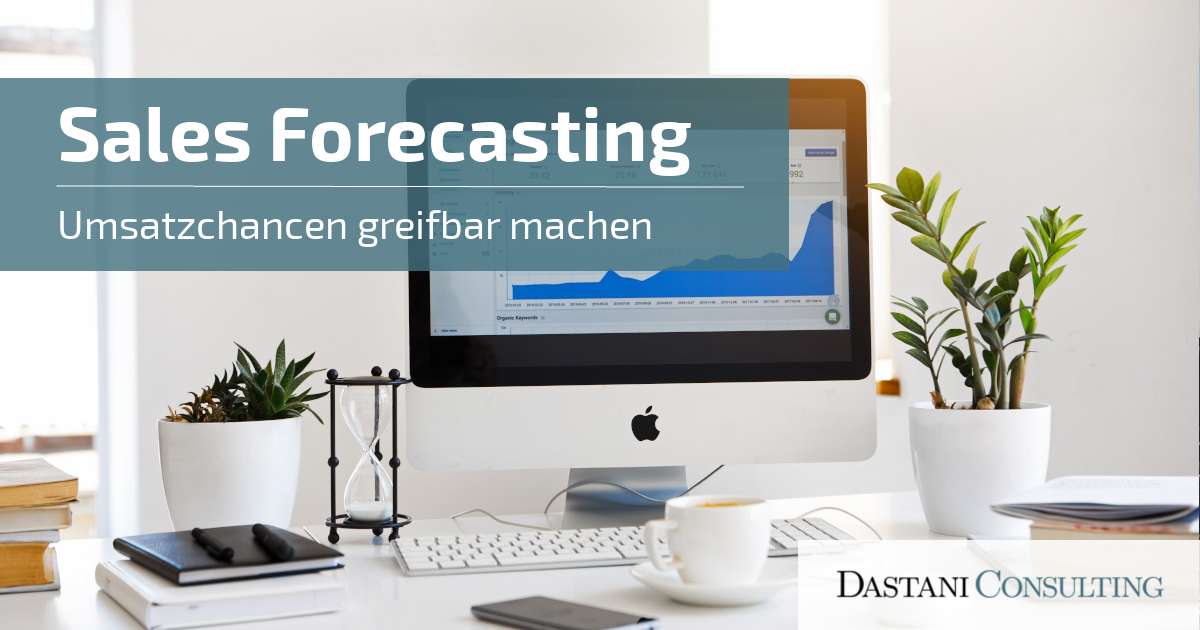
For sales, it is an explosive topic: the foresight of customer projects and sales volumes. It is not uncommon to plan too optimistically or for customers to develop differently than previously thought. Read the following article to find out how sales forecasting can be optimally successful.
Every year, the time comes closer when sales and customer forecasts must be incorporated into sales forecasts in order to create meaningful, rolling planning. Often, the sales department tends to be too euphoric and optimistic when planning the sales development in the different customer segments, especially with newly acquired customers. Not infrequently, sales controllers rely on pure declarations of intent from customers, which they take into account in their sales planning.
Based on forecasting algorithms, current customer and sales key figures, as well as relevant sales information on probabilities of occurrence and input data from actual and target comparisons, flow into the forecast. This data results in a forecasting picture, which in turn can be further developed and evaluated using forecast models.
Success factors
Several factors are decisive for a successful forecast. The forecasting process must consist of a combined top-down or bottom-up approach. This means that planning is carried out from top-down on the one hand, but also from bottom-up on the other, with the differences between the two directions being continuously coordinated and aligned. In addition, forecasts must differentiate between a forward-looking trend and random fluctuations in the past.
The forecast itself should combine forecasts that are based on different perspectives. At the beginning, the results of the combined forecasts are weighted equally and then adjusted if changes in the forecast values are later detected.
Planning for price increases
With professional forecasts it is also important to pay attention to pricing. In order to avoid a decline in profits, prices must be significantly increased at the right time in order to specifically counteract the increased costs. This task is usually massively underestimated. Top management must therefore approach the price increase in an organized manner.
It is also essential to distinguish between long-term and short-term, rolling forecasts. Long-term forecasts are more suitable for developing strategic plans, e.g. in the sales context, this can mean commitments to target customer groups. In contrast, short-term forecasts are used to plan sales, production and procurement quantities.
Conclusion
A reliable forecast is the be-all and end-all for sales. The more reliably a sales forecast describes the future, the more predictable is the company’s development. At the same time, the costs for risk buffers are lower and the company result is consequently more positive. Although good planning is by no means a guarantee, it is nevertheless an essential building block for sales success.
If you have any further questions, please visit our social media channels (Xing, Linkedin, Instagram) call us at +49 (0)641 984 46 – 0.
